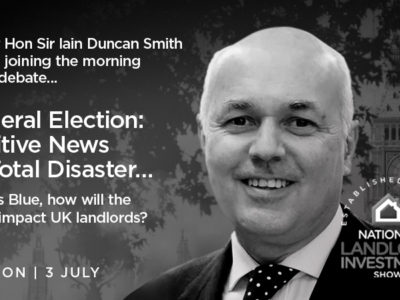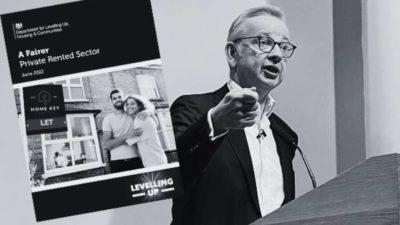Flipping, where homes are sold multiple times within a 12-month period, has decreased dramatically in England and Wales, following its peak in 2004, recent research from Hamptons International shows.
While a total of 60,340 homes were flipped in 2004, last year the figure fell by 69 per cent to 18,630. However, between 2017 and 2018 the number of flipped homes increased by 1.6 per cent, according to the recent research.
Historic drop in house flipping
Despite a slight increase in the number of homes flipped recently, the overall trend shows that property flippers now make up a much smaller part of the housing market than in the past. In 2004, 4.8 per cent of homes sold in England and Wales were sold as part of this investment strategy, but this has gradually fallen to 2.1 per cent.
Property values
When looking at property values, 3.9 billion worth of property was flipped in 2018, which is £0.2 billion less than in 2017, according to the research from Hamptons International. This is less than half the value of the sector in 2004 when it was £8.2 billion. Last year a total of £0.6 billion of homes in London was flipped.
Harder to make a profit
The average flipper now makes an average profit of £30,150 before tax and other costs, which equates to a 22 per cent average gain in England and Wales. However, this is less than the 32 per cent average gain made in 2004, at a time when house prices were rising faster than they have been in recent years.
The number and proportion of homes flipped have fallen in every region since 2004 with London seeing the biggest drop since 2004 with a fall of 81 per cent of total homes flipped, followed by the North West with a decline of 73 per cent.
More recently, the proportion of homes flipped in London fell from 1.5 per cent in 2017 to 1.4 per cent last year. Meanwhile, the North East remains the region with the highest proportion of flipped homes, with 3.6 per cent of properties sold more than once in 2018.
Flipping on the rise this year?
Between 2017 and 2018, every region other than London recorded a small increase in the percentage of homes flipped. The North East saw the biggest increase, with the proportion of homes flipped in the region rising from 3.3 per cent in 2017 to 3.6 per cent in 2018.
Last year, 11.2 per cent of homes sold in Burnley were bought in the previous 12 months, followed by 6.1 per cent in Wolverhampton, 5.4 per cent in Hyndburn in Lancashire and 5.1 per cent in the London borough of Hackney. This marked the first time in two years that a London borough was in the top 15 local authorities with the highest proportion of flipped homes.
A sign of the times
Aneisha Beveridge, head of research at Hamptons International, commented: ‘The art of flipping generally involves buying, renovating and selling a home, in most cases for a profit. Flippers play an important role in the housing market by improving existing housing stock and bringing empty homes back into use. Yet the number of flipped homes has fallen considerably since its heyday in the early 2000s.”
Ms Beveridge added: “Flippers tend to operate when house prices are rising, to really maximise their profits. Between 2000 and 2007, house prices were rising at an average annual rate of 13 per cent, so there were plenty of opportunities for flippers to make profits. But following the financial crash price growth has slowed, and this combined with tax changes, has meant that generally, it’s harder for flippers to make as much of a return as before.”




















Comments